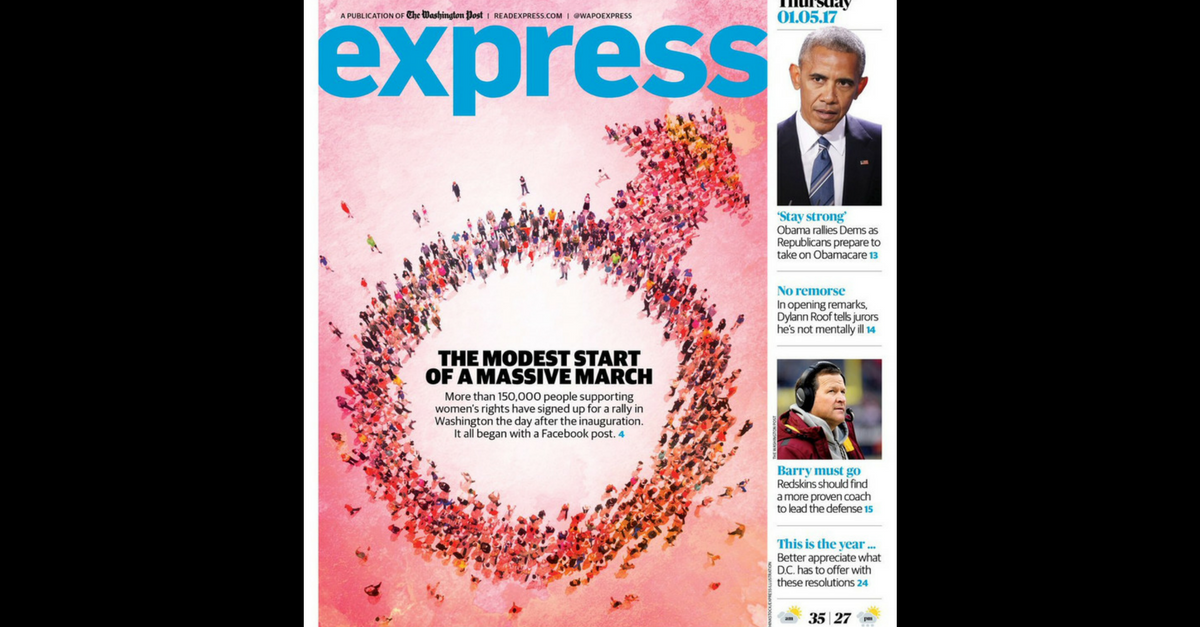
It is also crucial to alert any intended targets about specific threats you while doing research.” Once information is verified, Antifa groups periodically release this information in a publicly available format. This means gathering information on who is doing what, and knowing the makeup and key players of the various groups that are active. Your group will be expected to document fascist groups and organizing in your area.

(By summer, it exceeded 15,000.)” The BBC reported that “It’s Going Down,” an Antifa-aligned website, “which received around 300 hits daily in 2015, now garners between 10-20,000 hits a day.” Liberal commentator Peter Beinart reported, “According to NYC Antifa, the group’s Twitter following nearly quadrupled in the first three weeks of January alone. The chapters of Antifa are loosely connected and highly secretive, and organize mostly on message boards such as Reddit and over social networks like Twitter and Facebook. While interest has spiked since the 2016 presidential election, it remains virtually impossible to quantify how many people are active members or supporters of Antifa. StructureĪntifa’s lack of centralized structure make it difficult to calculate the movement’s size and membership. Donald Trump’s success in the 2016 campaign and resulting Presidency has seen “explosive growth” in Antifa membership and a surge in violent activity. After a relatively dormant period, large numbers of Antifa activists appeared in the United States at anti-World Trade Organization protests in 1999 in Seattle, and then more recently during the Occupy Wall Street movement. The movement first entered the American stage as Anti-Racist Action, a network that originated in 1987 with the “Baldies,” an organization in Minneapolis, leading to the creation of other groups across the country to fight neo-Nazis. Modern “black bloc” Antifa resurfaced in the 1980s, again allegedly to oppose neo-fascist skinhead movements. Though some decry their use of violence as a means of protest, Antifa’s tactics have recently “elicited substantial support from the mainstream left.” The Origin of Antifa Early ActivityĪntifa claim inspiration from 1930s-era extreme-left-wing German street protesters opposed to the rising Nazi regime.

This surge of activity has been markedly more violent than traditional political protest movements. Īntifa has reportedly grown rapidly and has become more active in the wake of Donald Trump’s 2016 Presidential campaign. Antifa’s protest methods are often violent, and local leaders admit they’re willing to physically attack anyone who employs violence against them or who “condones racism,” as the Antifa demonstrators define it. The term Antifa is currently used to define a broad group of people whose political beliefs lean toward the left, often the extreme left, who engage in aggressive protests against right-wing and center-right political groups. Anyone can claim the title and set up a local branch. Antifa lacks a known organizational structure or an official leader or headquarters, though individual groups in certain states reportedly hold regular meetings. Antifa–short for “anti-fascist” or “Anti-Fascist action”–is a left-wing extremist movement that violently opposes groups it considers “fascist,” including democratic, center-right conservatives.


 0 kommentar(er)
0 kommentar(er)
